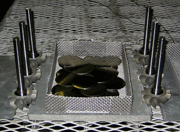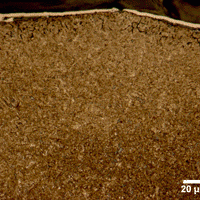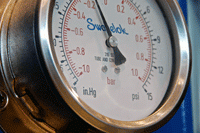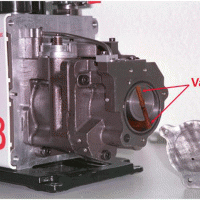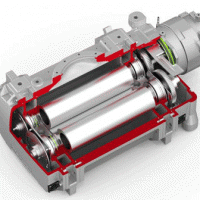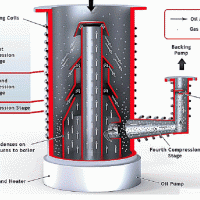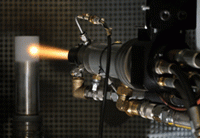Experience has shown us that sensitive materials in the presence of minute quantities of unwanted gaseous contaminates can destroy the integrity and shorten the life expectancy of components. It is natural to ask ourselves what can be done to further protect the work in a vacuum environment after the pumps have done their part in reducing the chamber pressure to as low as is economically feasible in a production environment? This task falls on getter materials.
A getter is simply a reactive material that is deliberately placed inside a vacuum system for the purpose of improving the efficiency of that vacuum by scavenging unwanted contaminates. Essentially, when gas molecules strike the getter material, they combine with it chemically or by adsorption so as to be removed from the environment. In other words, a getter eliminates even minute amounts of unwanted gases from the evacuated space.

